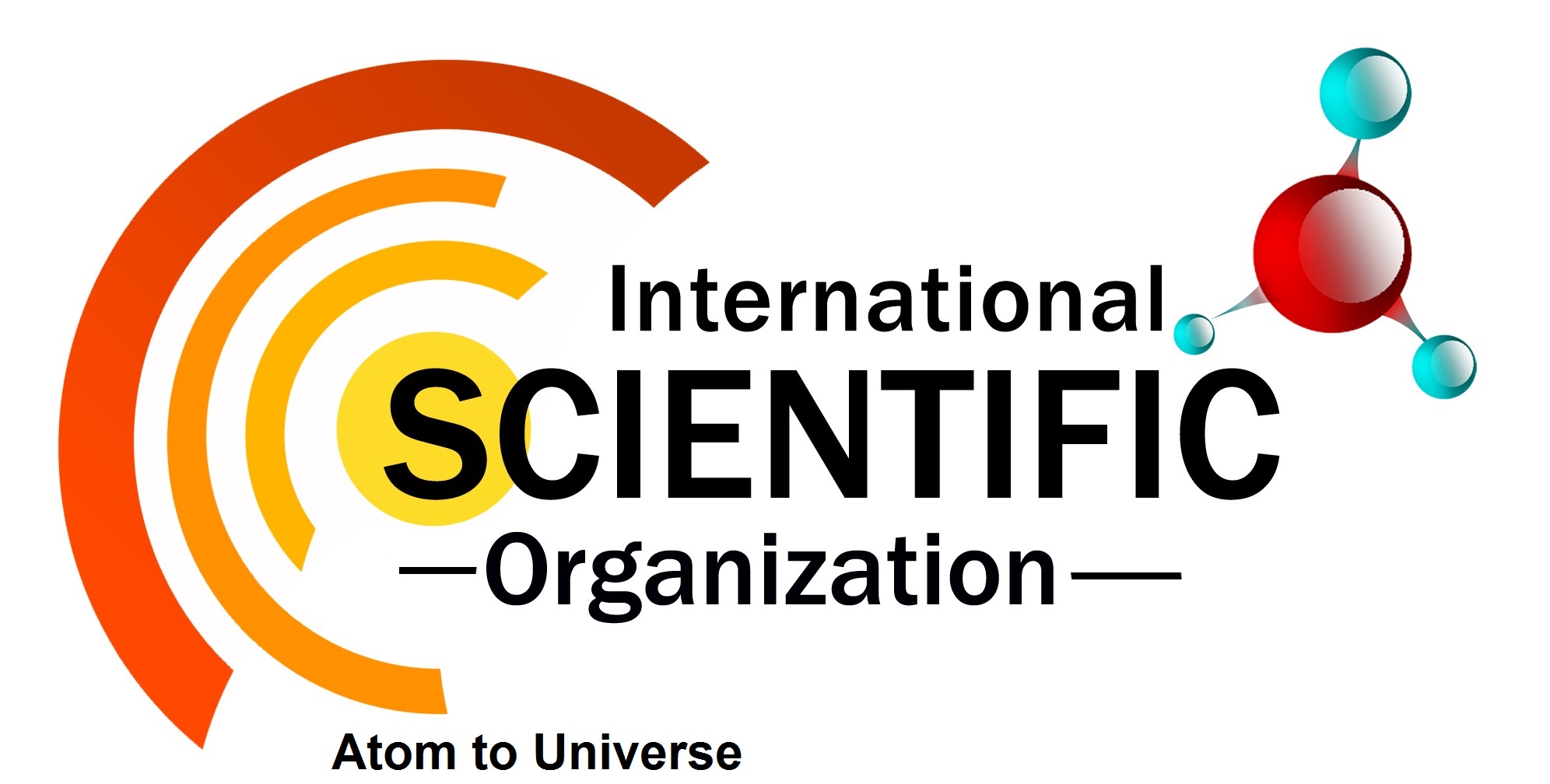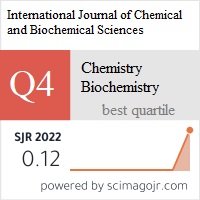International Journal of Chemical and Biochemical Sciences (ISSN 2226-9614)[/vc_column_text][/vc_column][/vc_row]
VOLUME 25(19) (2024)
Hepatoprotective potential of lamivudine through activation of gamma-glutamyltransferase and down-regulation of p53 in HepG2 cells
Shanza Rafi1, Tahir Maqbool1*, Muhammad Sarwar1, Zahid Habib Qureshi1,2, Maimoona Nasreen1,5,6 , Sadia Naz4, Muhammad Atif3, Muzammal Mateen Azhar1
1Institute of Molecular Biology and Biotechnology, The University of Lahore, Lahore, Pakistan
2Multan Medical and Dental College, Multan Pakistan
3Department of Pharmacy, The University of Lahore, Lahore, Pakistan
4Allied health Sciences, The University of Lahore, Lahore, Pakistan
5University College of Medicine and Dentistry, The University of Lahore, Lahore, Pakistan
6Equator University of Science and Technology, Masaka, Uganda
Abstract
The liver is a crucial metabolic organ that aids in detoxification, produces energy, synthesizes essential proteins, and is essential for maintaining good health. Since hepatocytes are the main type of cell found in liver tissue, maintaining their safety is essential for the general health of livers. The hepato-protective qualities of lamivudine shield the liver from stressful situations. The current study aimed to assess lamivudine’s protective effects on HepG2 cells subjected to ethanol damage. Lamivudine was given to HepG2 cells after they were cultivated and subjected to ethanol-induced damage. Cell viability was assessed using the MTT, Crystal Violet, and Trypan Blue tests. The results of the MTT experiment demonstrated that lamivudine administration improved the rate of cell viability in a dose-dependent manner at 25, 50, and 100 μg/mL (0.570±0.0205; 0.73 ±0.02; 0.897±0.0206, respectively). According to the Crystal Violet test, lamivμdine-treated cells had higher cell viability than untreated cells; the rates were around 0.38 ± 0.01, 0.516 ± 0.0305, and 0.656 ± 0.041 in a dose dependant manner. The Trypan Blue assay results also confirmed that treatment with lamivudine at 25 μg/mL, 50 μg/mL, and 100 μg/mL led to a increase in the viability of cells compared to the injury group (183.66±5.50; 151±3.61; 115±5, respectively). Pretreatment of HepG2 cells with lamivudine during 100 µg/mL concentration exposure resulted in near-normalization of p53 expression levels (24.73±0.60), GSH levels (28.83±1.16), and in hepatic activity levels of GGT (21.23±1.12) compared to control. In immunofluorescence microscopy, the 100 µg/mL lamivudine group showed the most significant reduction in fluorescence intensity. Lamivudine provided convenient features in protecting HepG2 cells against ethanol-triggered liver damage by enhancing cell survival and antioxidant enzyme activities.
Keywords: Therapeutic potential; Lamivudine; Hepatoprotective; HepG2 cells.
Full length article – PDF *Corresponding Author, e-mail: tahir.maqbool@imbb.uol.edu.pk Doi # https://doi.org/10.62877/136-IJCBS-24-25-19-136
International Scientific Organization- Atom to Universe
Journals
- International Scientific Organization
- International Journal of Chemical and Biochemical Sciences (IJCBS)
- Volume 27 (2025)
- Volume 26 (2024)
- Volume 25 (2024)
- Volume 24 (2023)
- Volume 23 (2023)
- Volume 22 (2022)
- Volume 21 (2022)
- Volume 20 (2021)
- Volume 19 (2021)
- Volume 18 (2020)
- Volume 17 (2020)
- Volume 16 (2019)
- Volume 15 (2019)
- Volume 10 (2016)
- Volume 14 (2018)
- Volume 13 (2018)
- Volume 12 (2017)
- Volume 11 (2017)
- Volume 9 (2016)
- Volume 8 (2015)
- Volume 7 (2015)
- Volume 6 (2014)
- Volume 5 (2014)
- Volume 4 (2013)
- Volume 3 (2013)
- Volume 2 (2012)
- Volume 1 (2012)
- Store
- Cart
- Account


